Birding in Italy - Rome, Florence, and Venice! (Part 2: Florence)
After birding Rome, my family and I took the train to Florence, the capital city of the region Tuscany in Italy. Florence visibly had much more diverse habitats compared to Rome, which was great!
(This blog post series is a bit shorter than other long birding trip blog posts because it will only/mostly include the birding trips I go on in Italy and not so much about sightseeing, food, etc. in Italy.)
*The time stamps used in this blog post series will all be in local Italian time. (EST +6)*
*Very sorry for my lateness on completing this blog post. Please read my disclaimer if you haven’t already!*
____________________________________________________
Hi again everybody!
After spending about three days in the capital of Italy (aka Rome), it was time for my family and I to take a train by Italo to Florence, a city in the northern part of Tuscany.
On Wednesday, April 24, my family and I took the Italian high-speed train company from Rome to Florence. After arriving at about 1:10pm, we checked in to our room, and proceeded to do some sightseeing.
After seeing amazing works of art at the Uffizi Gallery, we then headed out for dinner.
After a delectable meal, we headed back to our AirBnb and went into deep sleep for an adventurous day ahead.
____________________________________________________________________________
When I said we went into deep sleep, I really meant it because the next day, Thursday, April 25, my family and I woke up at 11am. We were supposed to do some early morning birding at Terzo Giardino - a famous garden spot for birding in Florence. Since we woke up late, we decided to eat a quick breakfast, get ready, and head out. We left our AirBnb by 12pm, ready for an approximate 20-minute walk to Terzo Giardino.
We arrived at Terzo Giardino at around 12:20pm. Upon arriving, I realized that the garden was rather small, yet filled a variety of habitats. Immediately, two Little Egrets on the other side of the river known as the Arno River caught my eye. They were in the water which was surrounded by a leafy and twiggy habitat.
Also on the other side of the river near the Egrets were a few Yellow-legged Gulls
They were beside two Cormorants of some type. I immediately became excited because the only Cormorants found in Italy are Great Cormorants and Pygmy Cormorants, both of which would be lifers for me if seen. These two Cormorants were easily identified as two Great Cormorants based on features such as size and color, putting the Great Cormorants as #18 on my life list for Italy!
Great Cormorants as my first life bird of Florence was amazing because of the fact that I’ve attended so many bird walks and went to so many places in New York just to find a Great Cormorant, but I never succeeded—until today! Though the Great Cormorants I saw then weren’t in their full adult plumage, I knew that there would still be many more opportunities for seeing Great Cormorants for the time I was in Italy!
As my dad and I started to look for birds at the garden itself, a small, brown, wren-like bird caught my eye. It was moving around pretty fast, so I lost track of it a couple of times. When the bird finally stayed perched on some phragmites seconds, I took a couple of identification photos before it flew off within the next five seconds. I took a peak at one of the photos through the back of my camera. The bird looked reminiscent of a Eurasian Wren, yet I still wasn’t 100% sure. I was going to ID it when I got back to the AirBnb. But until then, I payed close attention to the bird. When I realized that there was more than one of these birds and they were singing, I pulled out the Merlin Bird ID app. Merlin identified that these songs and calls were coming from Cetti’s Warblers. I later identified the photos I took earlier also as a Cetti’s Warbler, putting Cetti’s Warbler as #19 on my life list!
Since the garden was fairly small, my dad and I were mostly stationary. I decided to listen to the birds around us. I not only heard more Cetti’s Warblers singing, but I also heard another song with a series of fast notes. Since I had no idea what this European species this was, I took out my Merlin Bird ID app and Sound ID’d the bird singing as a European Serin. Now that I knew what bird I was hearing, I searched for it with my dad. The song sounded fairly close to us, so we had a good chance of finding the Serin. I knew what to look for: a bright yellow, streaky-flanked/bellied bird for the male Serin, and a gray-brown, streaky bird for the female Serin. Just then, I saw a single male European Serin perched on the branch of a tree. Just after taking a photo of it, the Serin flew away into vegetation.
As my dad and I walked towards the way it flew to try and relocate the Serin, we came across an apparent female Eurasian Blackbird foraging on the grass. A couple of seconds later, it disappeared into some bushes, but that was alright because I still got some close up pictures!
Luckily, we didn’t need to walk any further. Sitting on the grass a couple of feet away from where we saw the Blackbird was not only a male, but also a female European Serin! This was a good time to realize that though most male birds are more colorful than their female counterparts, the females can still be remarkable. This was an amazing sighting because first of all, I had never seen a female Serin before, and second of all, the two Serins were very close to my dad and I, leaving me with exceptional photos. Though these European Serins weren’t lifers for me (or my dad), we were still filled with joy!
With the time being 1:10pm, we rushed to take a last look at one of the Great Cormorants on the other side of the river.
After seeing a lone Italian Sparrow in some foliage, we decided to start heading back to our AirBnb.
eBird checklist - Terzo Giardino: https://ebird.org/checklist/S170470738
On the way back to our hotel, we had the choice of crossing one of three bridges. I suggested we crossed a bridge known as Ponte alle Grazie because that way, I could get better views of the birds I saw across the Arno River. Additionally, a review of this bridge on Tripadvisor claimed that Ponte alle Grazie is a great spot for birding in Florence: Click here for the link to the review!
As soon as we were on Ponte alle Grazie, I immediately noticed that there was a Great Cormorant swimming in the water below the bridge. It was an immature.
As my dad and I kept walking along Ponte alle Grazie, we noticed that there was another immature Great Cormorant, but this particular one was drying its wings on the shore.
Finally as my dad and I reached the end of Ponte alle Grazie, I looked west and saw a group of about 15 mostly-immature Yellow-legged Gulls, which was a great conclusion to our visit.
eBird checklist - Ponte alle Grazie: https://ebird.org/checklist/S170471039
After visiting some places around Florence for sightseeing, food, and more, we remembered that today was our only day of birding in Florence, as we were headed to Venice the following day. To make a great end to our experience of birding in Florence, I decided to visit the well-known Boboli Gardens (Giardino di Boboli)! This time, I went with my grandpa.
I was really excited about this visit because of how famous the Boboli Gardens are for birding. I didn’t know exactly what to expect, but some eBird reports on the hours prior to our visit listed Gray Herons, as well as many passerine species that would be lifers for me if seen.
It was roughly a 15-minute walk from our AirBnb to the Boboli Gardens. We arrived at around 5:20pm At our arrival, we had to get slips of paper that indicated that we were inside the Gardens. After receiving the slips, we entered the Gardens, following the many bird songs we heard.
Most of the singing birds that we heard were coming from an area within a small trail in the Gardens. The habitat was very brushy and full of trees, which provided a lot of shade from the sun. I turned on the Sound identification feature on Merlin Bird ID to identify these peculiar bird sounds. Merlin had a very surprising result—one of the birds being heard was a European Robin! I confirmed this by listening to the bird singing, and comparing what I heard to it’s song online. After making sure that this bird was a European Robin, I was more than happy to add this bird as #20 on my life list for Italy, even though I wasn’t able to spot it—yet!
After that, we continued deeper into the area to see what birds were lurking in the bushes and trees. After getting even further in, movement in a bush immediately made me alert. I saw a flash of bright colors from the corner of my eye, but when I turned around to see what was there, I noticed an orange, gray, and black passerine on a bush that was eye-level. I had no idea what the bird was, but regardless, I took several pictures for later use. Since I couldn’t ID the bird in the field, I identified the bird back at the AirBnb. I did this by first comparing my photos to other photos on the Merlin Bird ID app. Once I had my guess, I double-checked with the Photo ID feature of Merlin, which the results were the same as my guess. The bird was a Common Redstart, lifer #21 for the trip! I couldn't believe it! I had reached 20 lifers for Italy within the matter of a few days! This was a huge accomplishment for me!
With good vibes around us, we waited to see what other birds were around us, and trying to reveal themselves! Right after hearing an interesting dove-like call very close to us, I was about to go find out what bird was making those sounds when an orange-breasted songbird that was perched on a tree branch spotlighted the scene. The bird was an obvious European Robin! This certain robin was not only giving stunning looks, but was also singing. The robin was baring with us really well as it stayed perched on the same branch for a good five minutes. After feeling satisfied with our views and my photos, we proceeded to try and listen in for the dove-like call again.
Unfortunately, we ended up with no luck. At that moment, I realized that it was appropriate to try and lure in the bird using bird calls. When the bird called before, it sounded close to us, so I decided to play a Eurasian Collared-Dove call once, to see if this bird with a dove-like call would appear. To my surprise, just seconds later, a flicker-sized orange bird, with black and white striped wings, and an orange-and-black crest, came swooping in and landed on a thick tree branch. I couldn’t even think What bird is this? All I could do was take a lot of photos of this bird in different positions like when it landed on the tree and when it was on the ground. After taking a lot of photos, I then came to realize that this bird was a Hoopoe. A Eurasian Hoopoe, to be exact! I was astonished by its zebra-like colors on its wing and its orange crest with black tips. These details made the Hoopoe so unique! I knew for sure that this bird was a Eurasian Hoopoe because this was one of the birds that was on my bucket list to see in Italy, and now I got to move it to my life list as #22! The pictures of the Hoopoe online weren’t even close to the beauty of this individual in-person! Pumped about the new bird, we walked to an area with more tree coverage, looking for more birds.
This area was very birdy. I started by listening to a somewhat deep series of throaty coos, coming from a nearby tree. I was almost 100% certain that these calls were coming from some type of dove/pigeon. My grandpa and I followed these “coo” calls to a tall branch in a tree. Sitting on that branch was a gray and light-purple colored pigeon, with a blue-green head, and an orange bill. I first knew that this was not a Rock Pigeon (or any of the genotypes within it) because of the colors on this bird. The only other possible pigeon that this could be was a Common Wood-Pigeon. I successfully identified it (with the help of Merlin Bird ID) as a lone Common Wood-Pigeon! I was in amazement with how much I accomplished thus far! And to put this bird as #23 on my life list for Italy, made this even more awesome!
At this point, we didn’t even have to walk to any other spots because all the bird activity was around us. About 10 minutes after seeing the Wood-Pigeon, I noticed a small, perky, finch-sized bird moving around in some tall branches on the top of a tree. I used my binoculars to try and get a good look of this bird, but it was mildly hard because the bird kept moving and changing branches. Soon, the bird stopped moving for a few seconds, and I got a good look at the bird. Though I had no idea at all of what bird this might be, I did notice that the bird had gray and green on its wings, yellow on its nape, and most of all, the bird had a bright orange crown. This bird was really reminiscent of the Golden-crowned Kinglets in America.
After getting nice views of the bird, I took a couple of ID photos. I used the Photo ID part of the Merlin Bird ID app to take a back-of-camera photo of this bird. The result was a Common Firecrest! This 24th lifer for Italy reminded me of Golden-crowned Kinglets. It was so amazing to see a European bird that looked exactly like its American cousin!
The time was 5:55pm, and the Boboli Gardens were closing at 6:30pm. We were informed by my parents that we had to be home in the next half and hour because we had dinner reservations at a restaurant. Since it was a 15-minute walk home we decided to leave just to be on the safe side.
As my grandpa and I started walking out of the birdy area, we came across a tree, this time covered in leaves. There was an apparent bird feeding on something in the trees. I could only make out that the bird had a yellow stomach, blue wings, and a white face. This bird looked familiar. I felt like I’ve seen a bird like this before. I took a couple of photos, which I quickly looked at. Right as I was, this bird was a Eurasian Blue Tit, and this was not my first time seeing it in Italy. I had seen it in Rome as well, with even better views. Though this was not a lifer, it was still a great bird to see, and turned out to be the last bird I saw in Florence!
My grandpa and I left the Boboli Gardens at around 6:05, and arrived back to the AirBnb safely.
eBird checklist - Boboli Gardens: https://ebird.org/checklist/S170471039
In the time that I was in the Gardens, there was a definite Gray Heron in the fountain-area of the Boboli Gardens, but due to time and the very birdy spot I found, we weren’t able to put that bird on my life list. Though, I did hear many birds in the Gardens, but I didn’t put them on eBird or count them as lifers because I heard them in the distance and didn’t get a visual on them to confirm if they were definite life birds for me or not. These birds included Great Tits, Rose-ringed Parakeets, Eurasian Green Woodpeckers, Eurasian Blackcaps, Eurasian Nuthatches, Eurasian Blackbirds, and Short-toed Treecreepers. If I did count the birds heard as lifers, I would have had three more lifers than I did.
For the rest of the evening of April 25th, we had a nice dinner before going to bed early, to prepare ourselves for our train ride to Venice on the day ahead. The next morning, we woke up early, had a quick but delicious breakfast, and headed to Florence’s train station (Florence Santa Maria Novella Train Station), to catch a train to Venice.
All in all, I not only loved the city of Florence for its beauty, birds, artwork, and food, but more so, its variety habitats with different birds inhabiting its diverse habitats! Stay tuned for my next blog where I will be birding in the beautiful city of Venezia for the last 1.5 days of Italy! Hope you guys enjoy this blog post! Good Birding to everyone!!
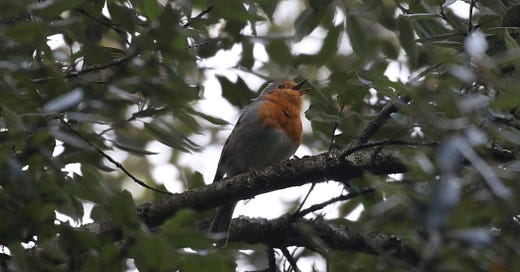


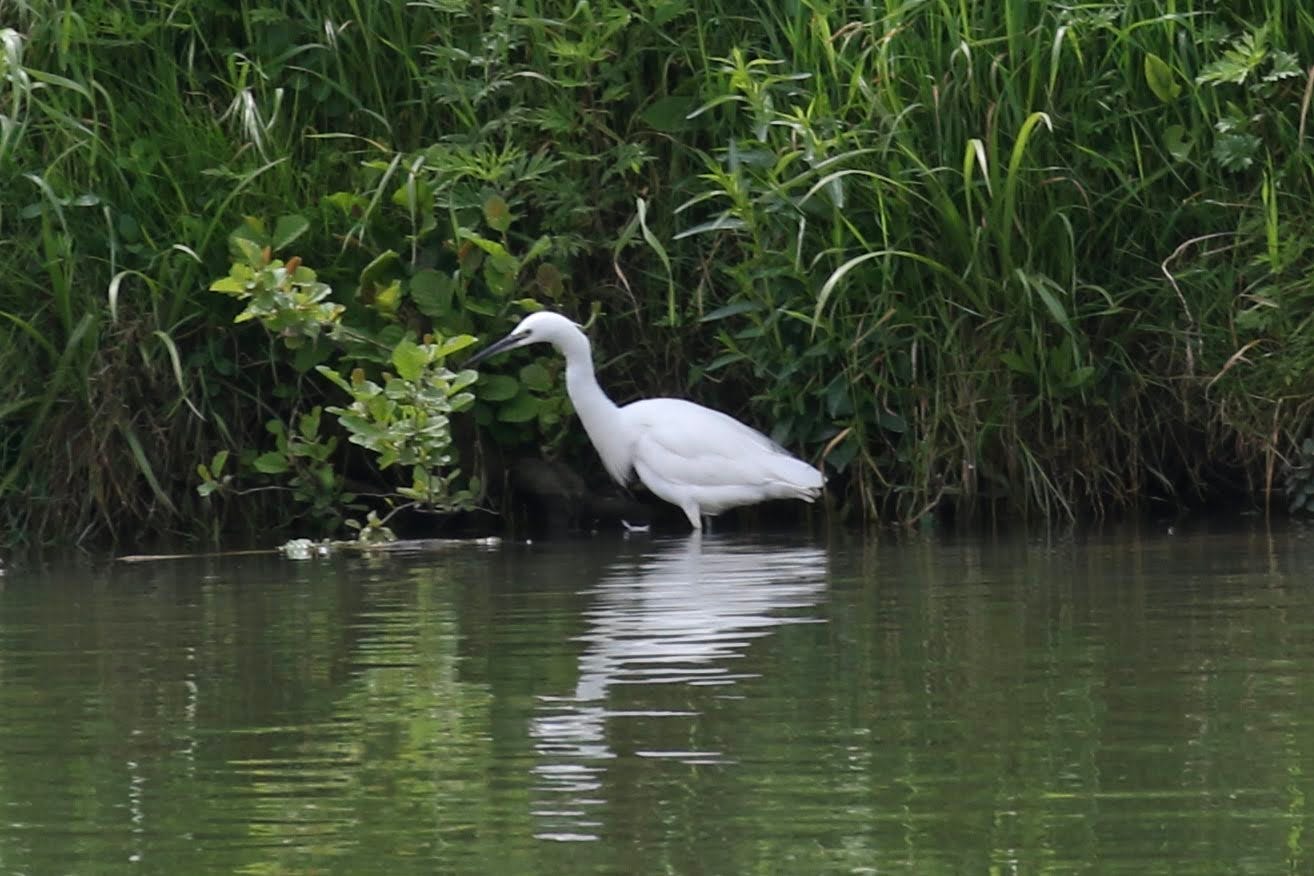

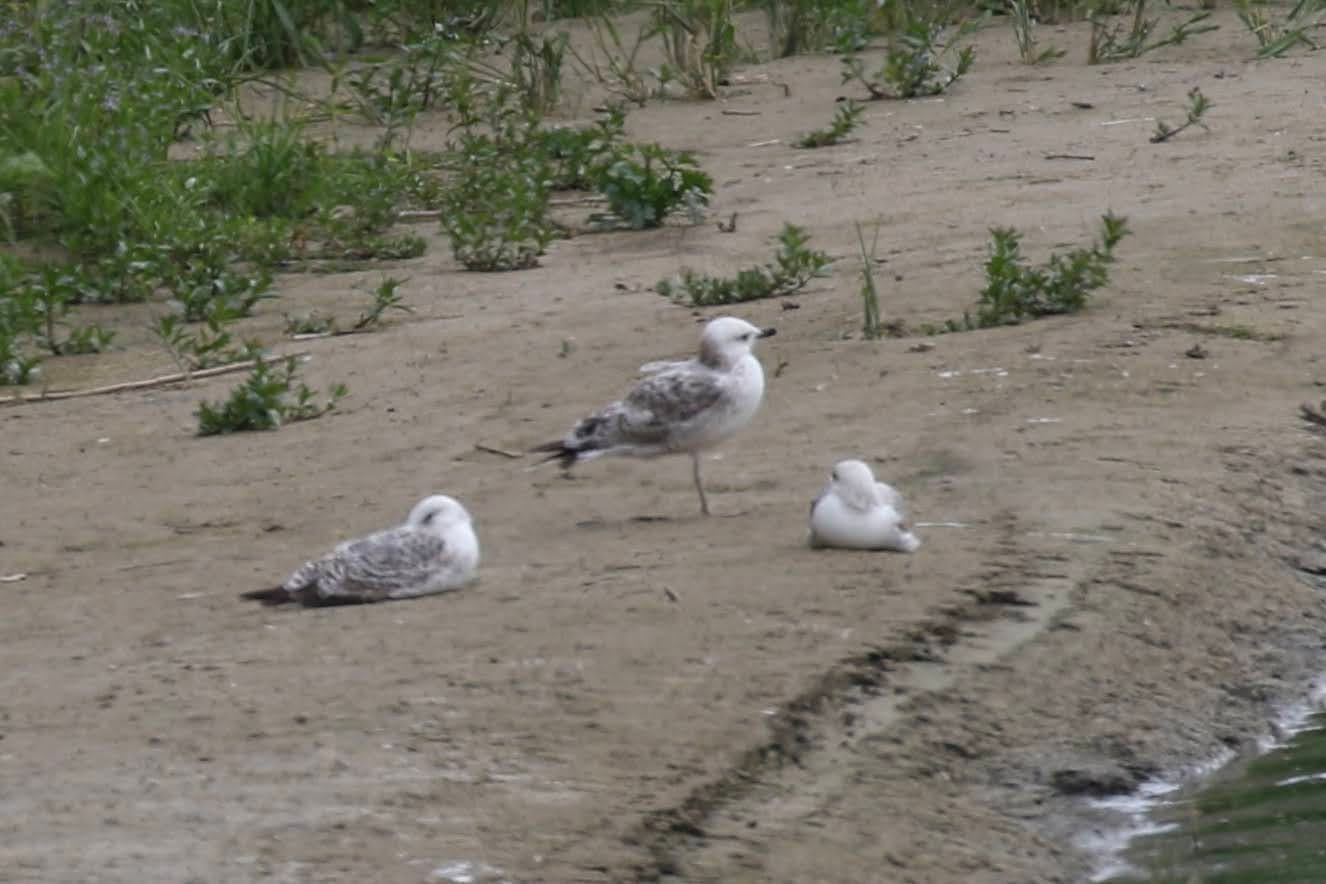
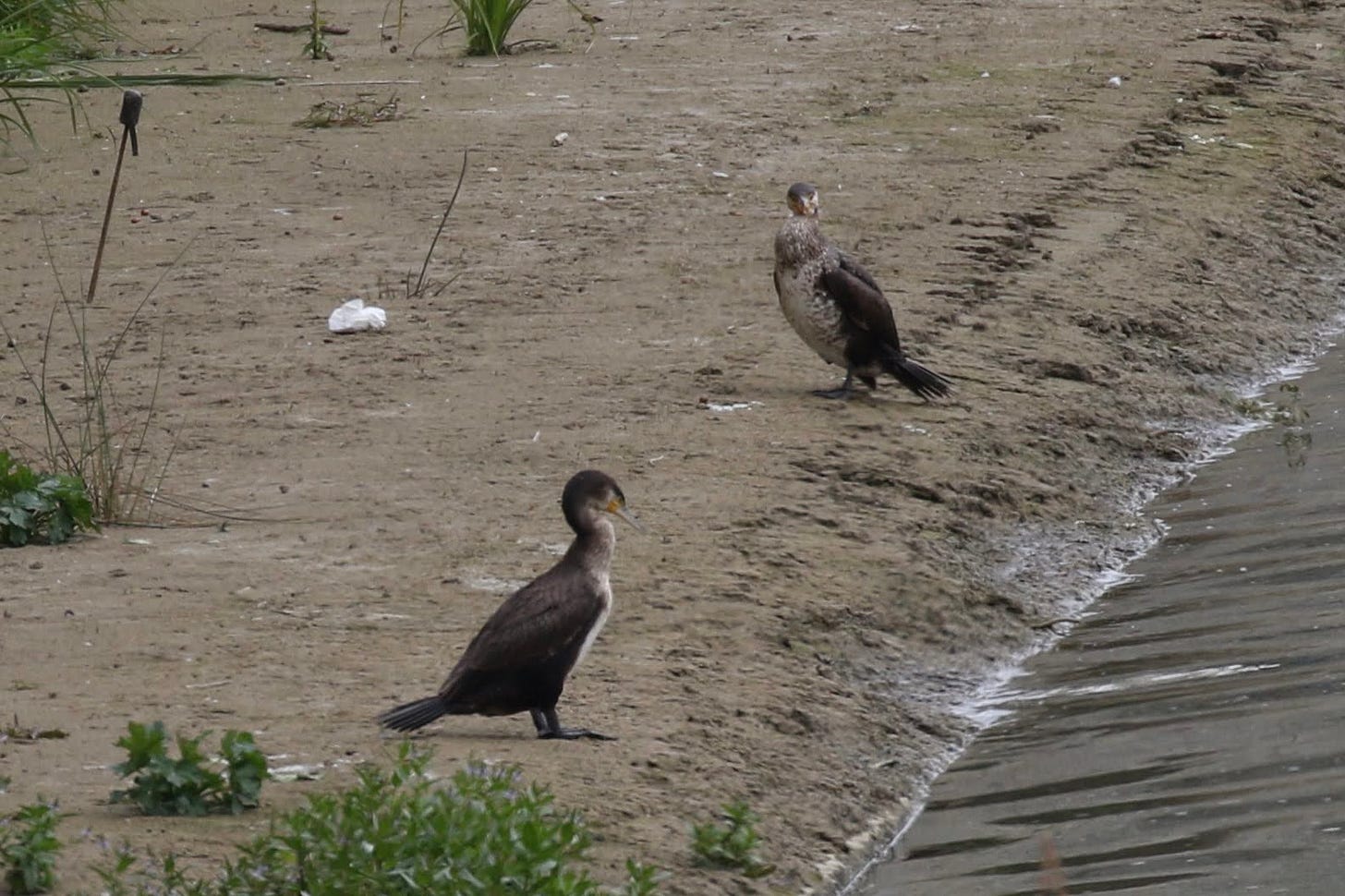
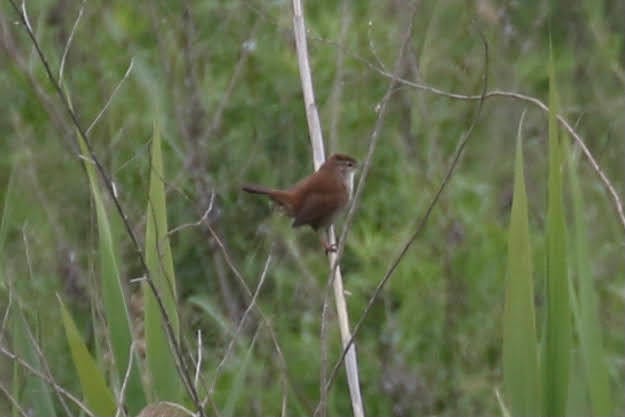
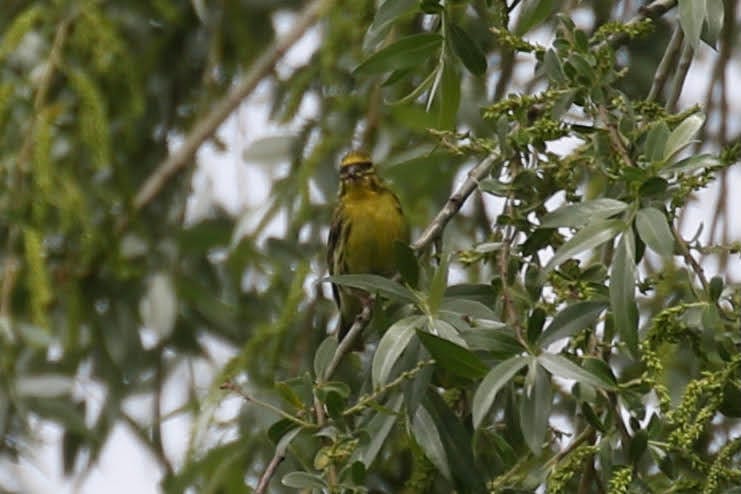

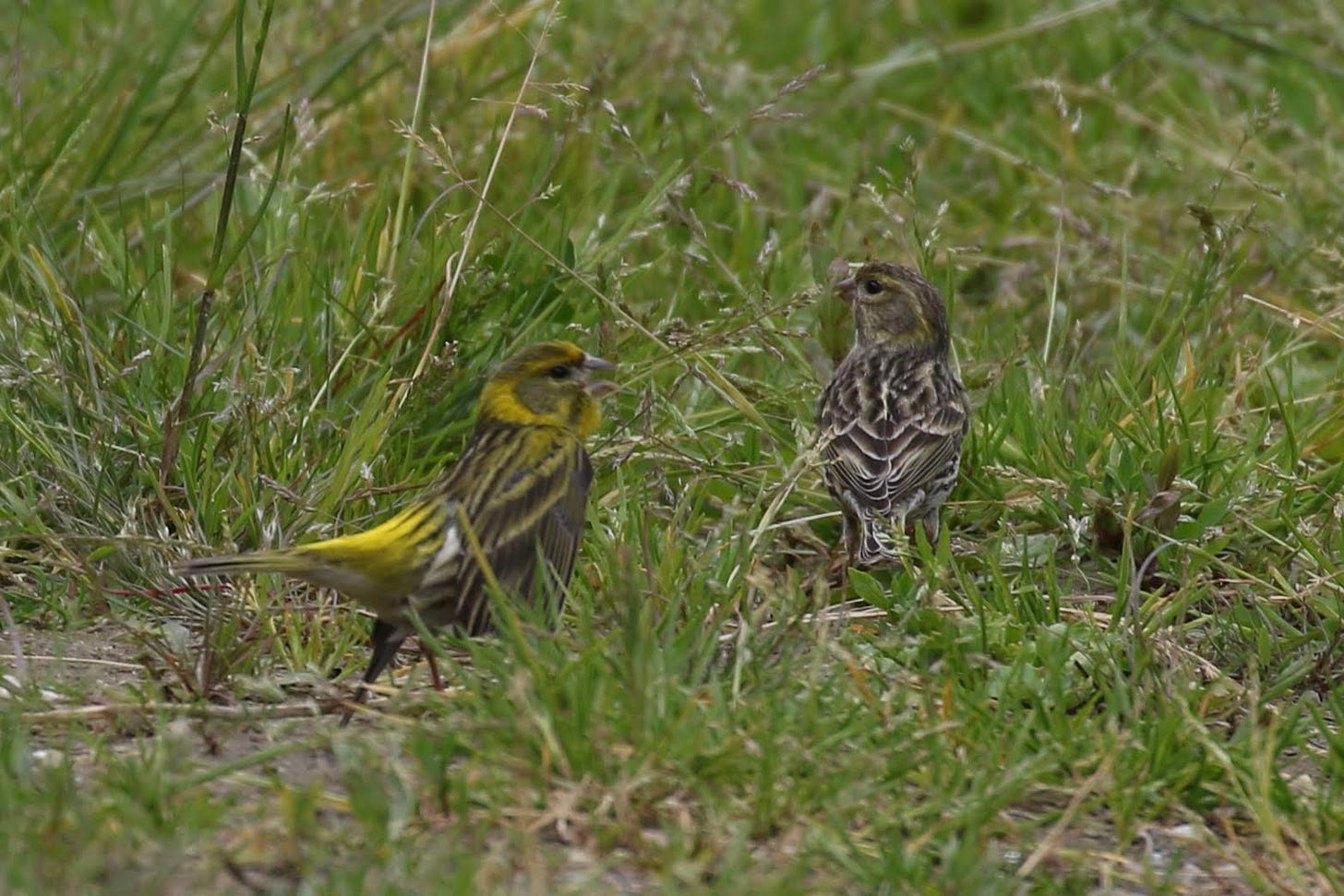
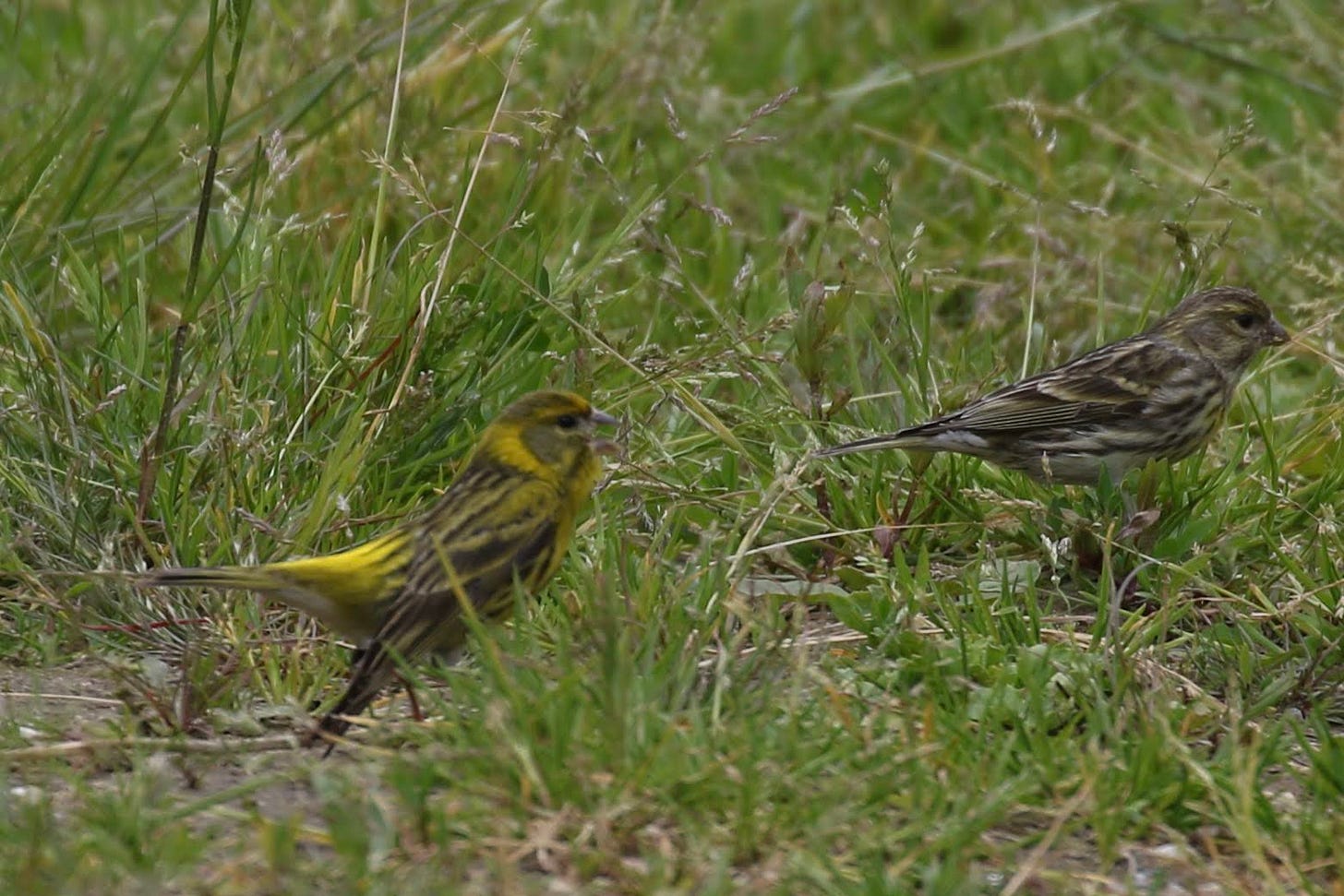
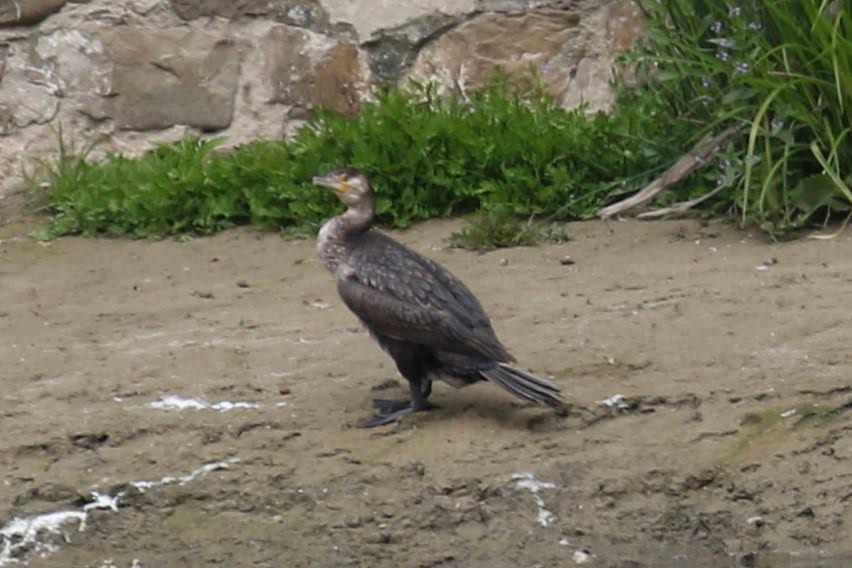

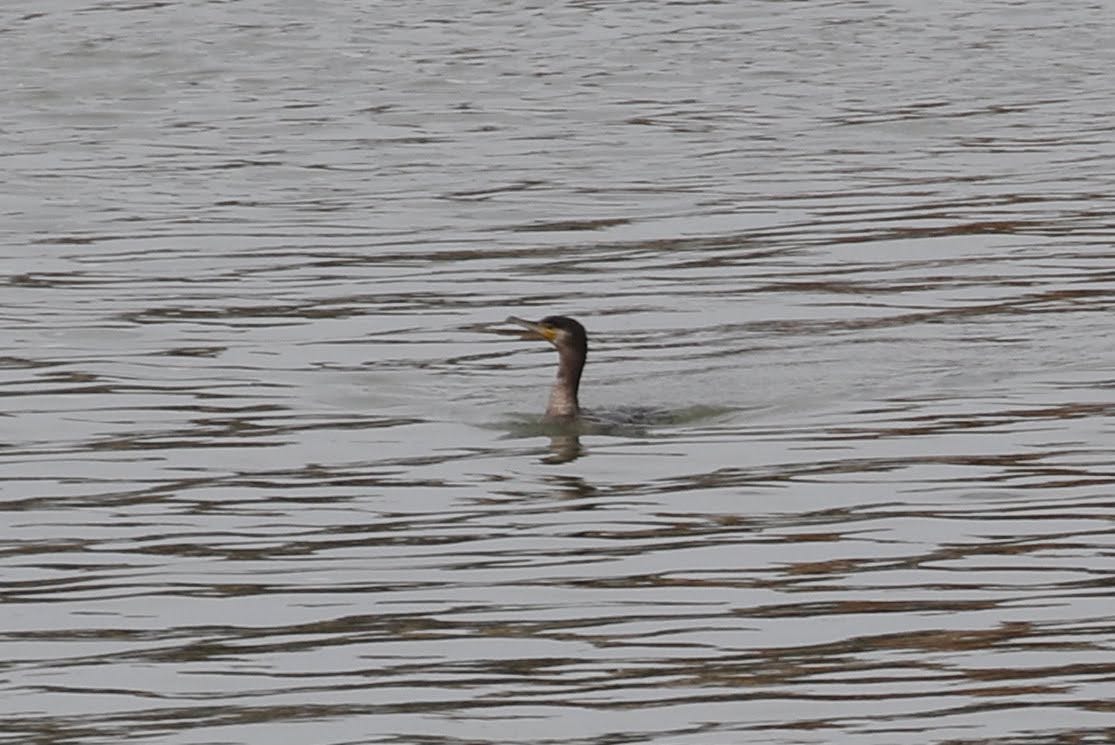
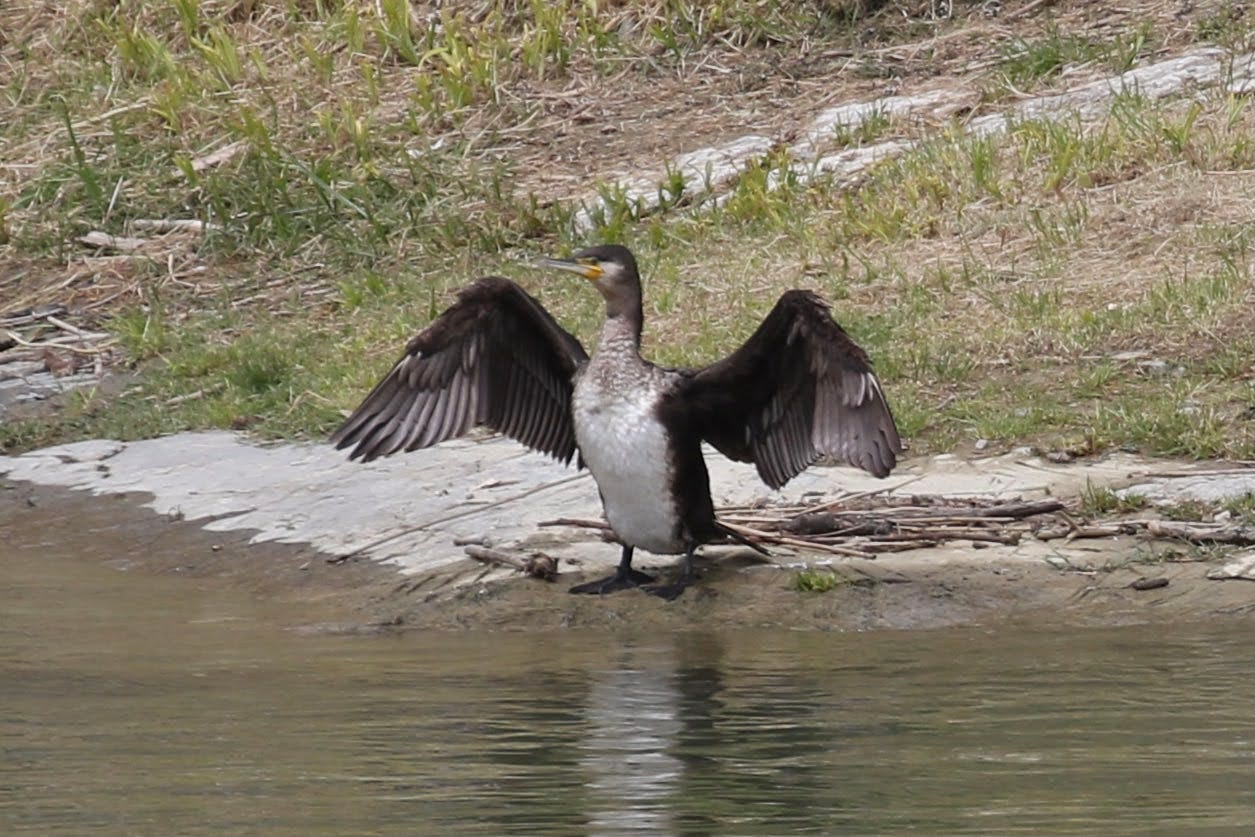
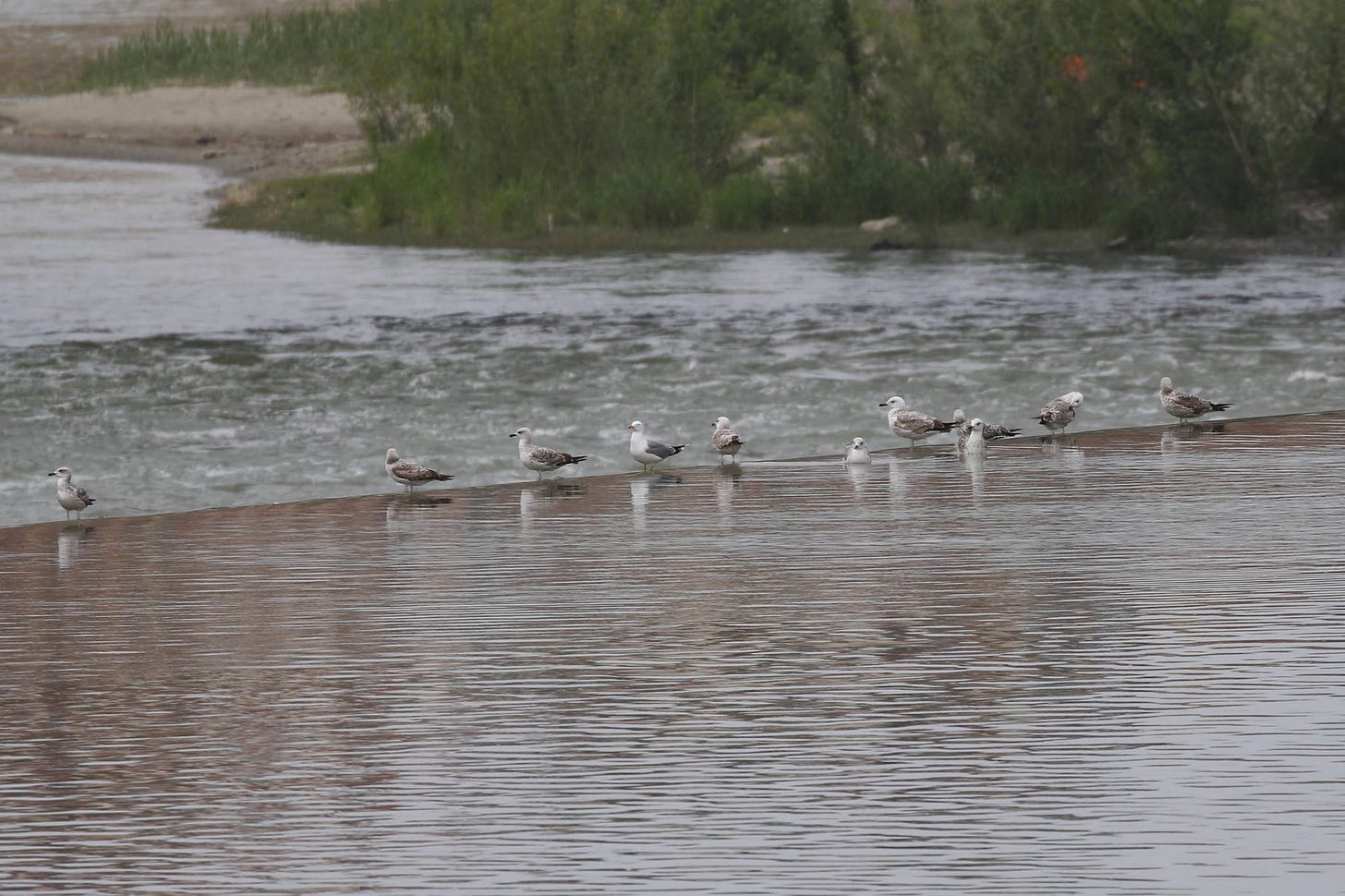
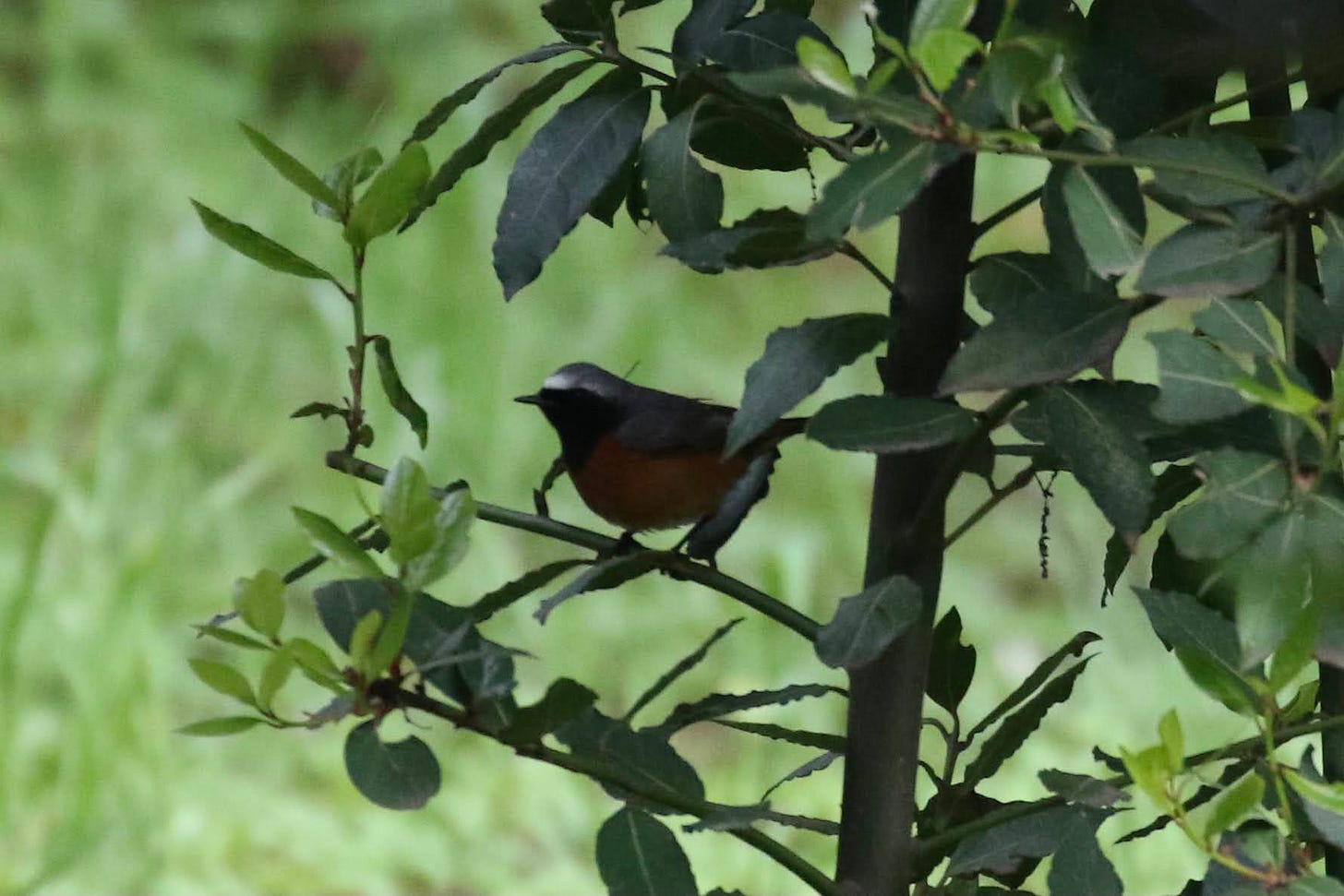


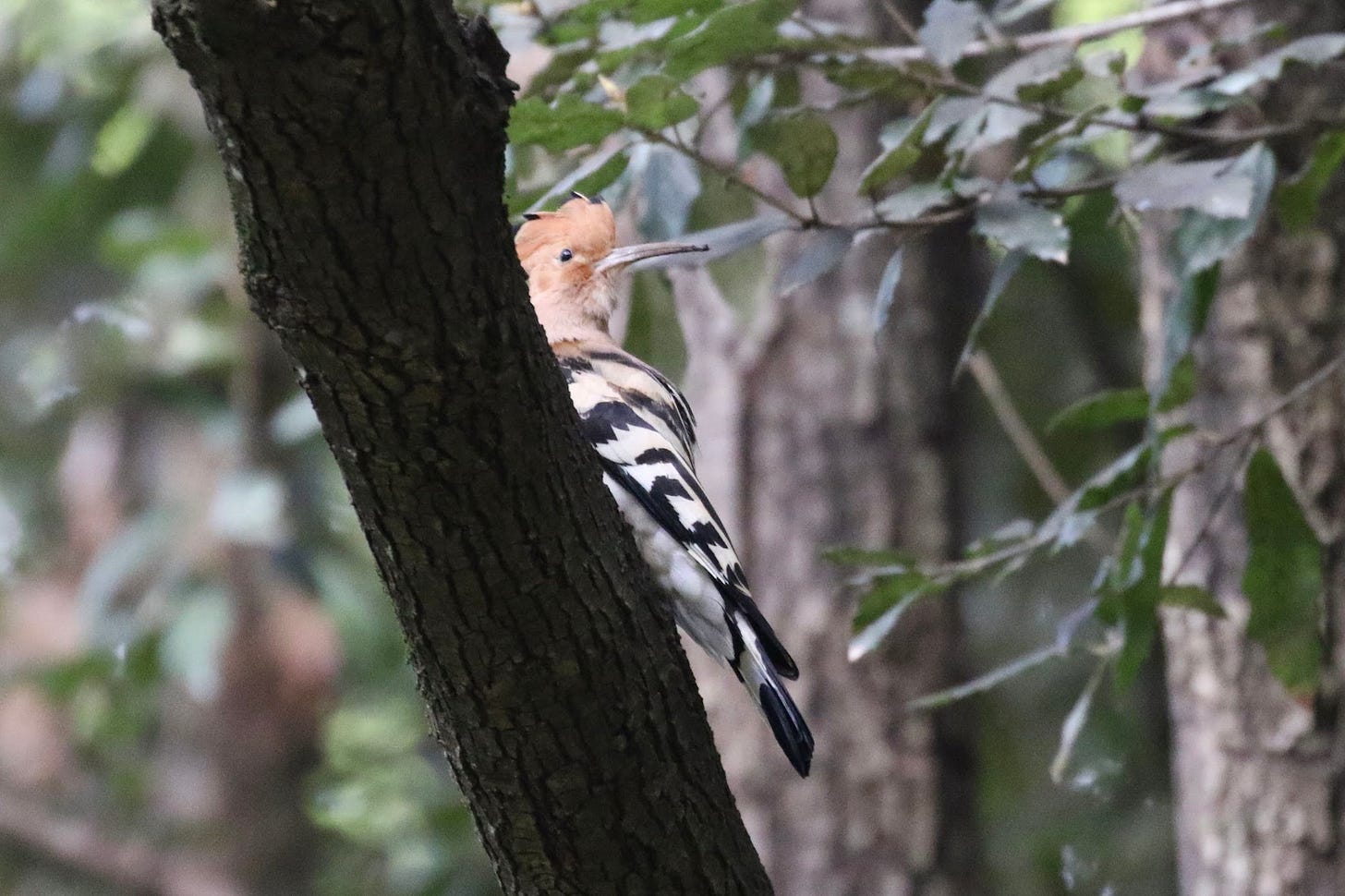
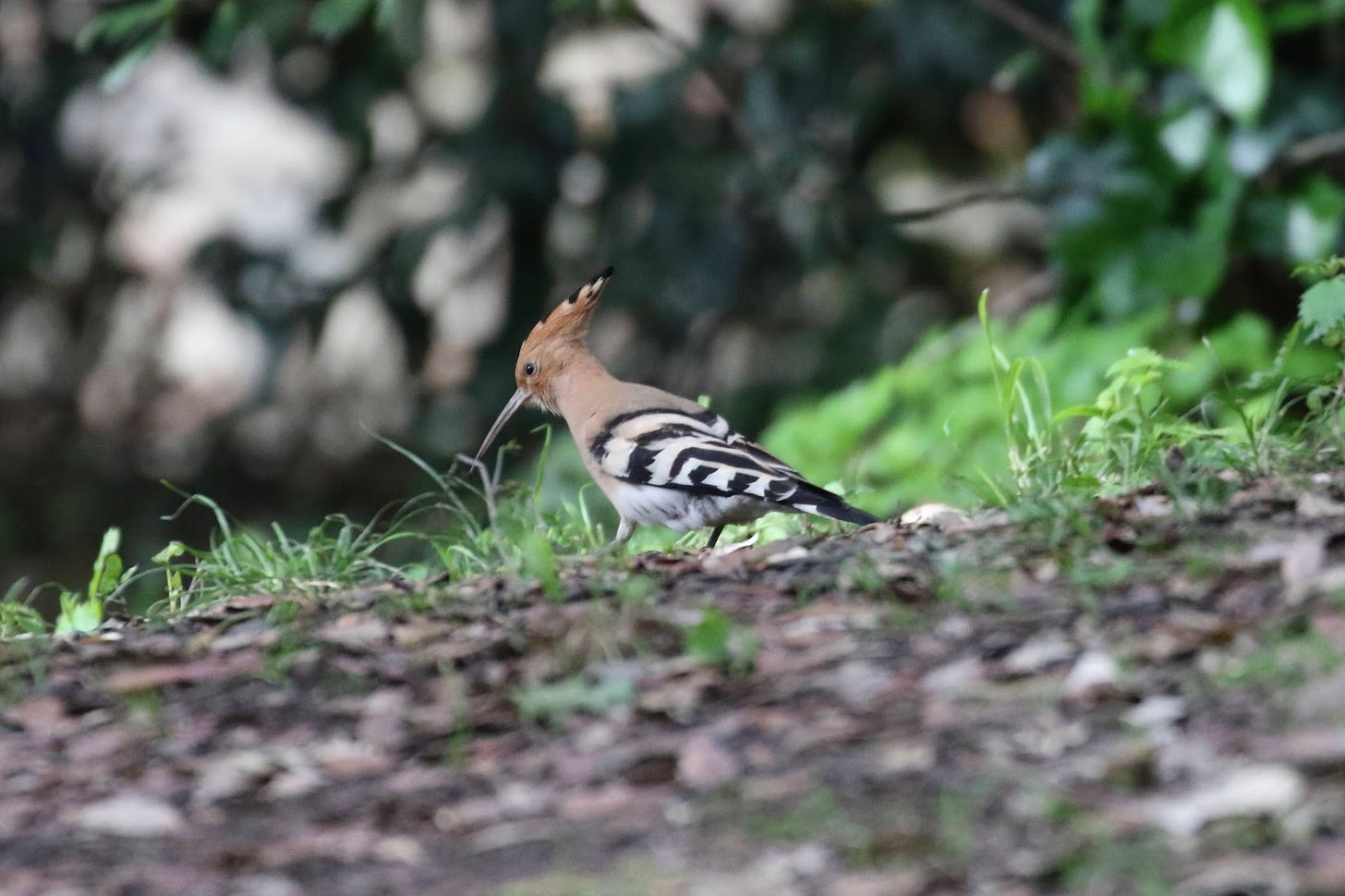
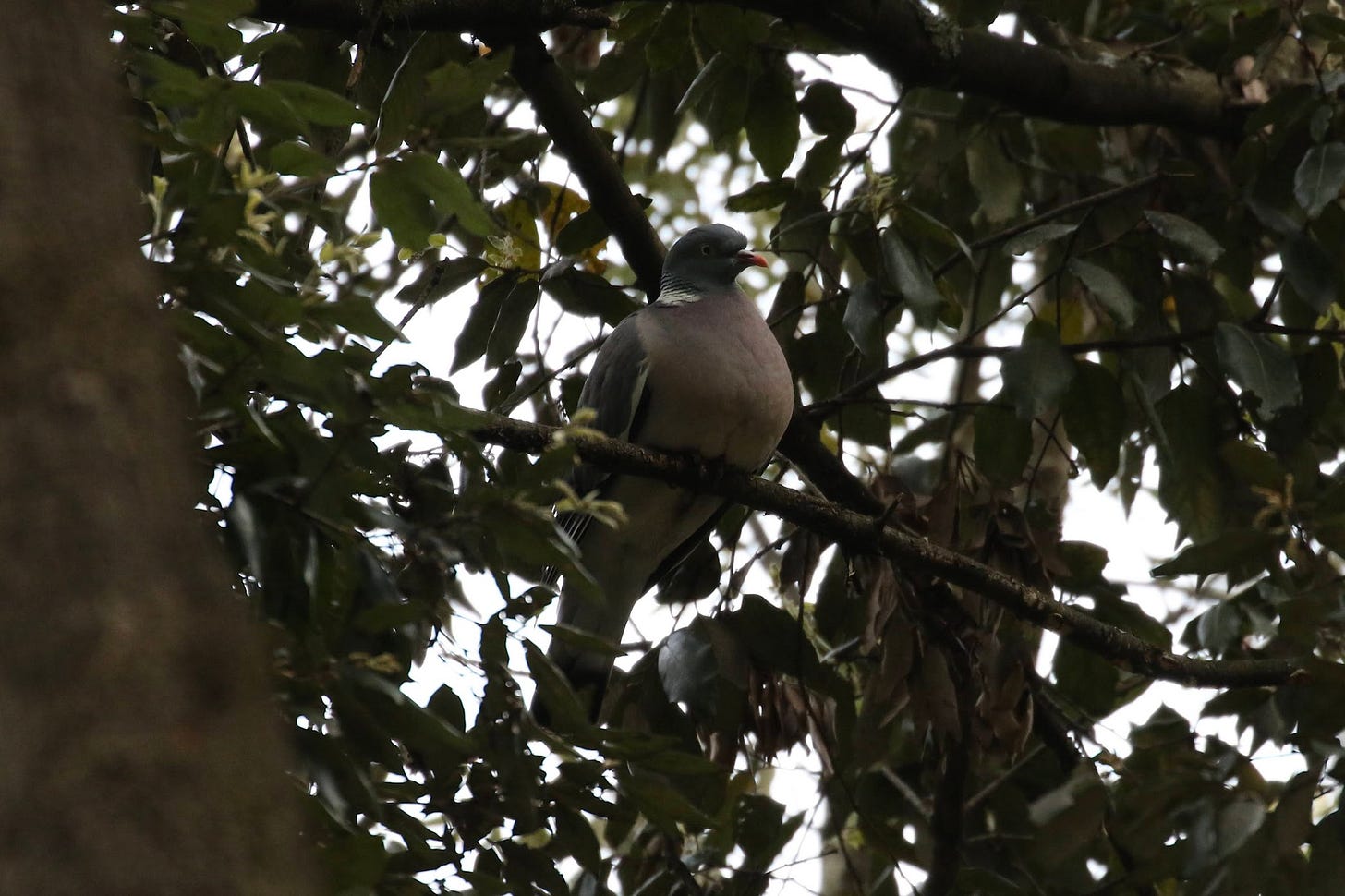
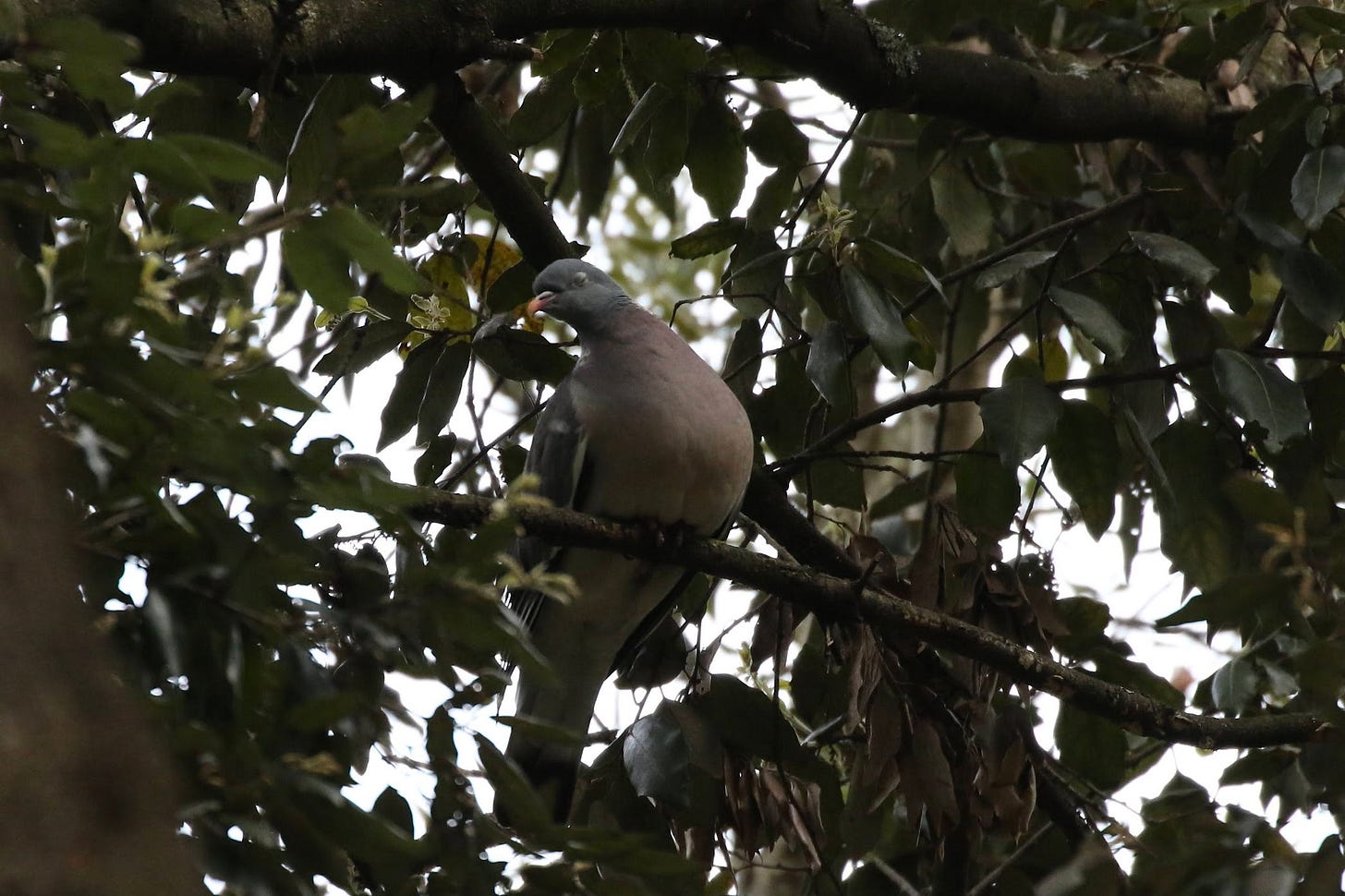
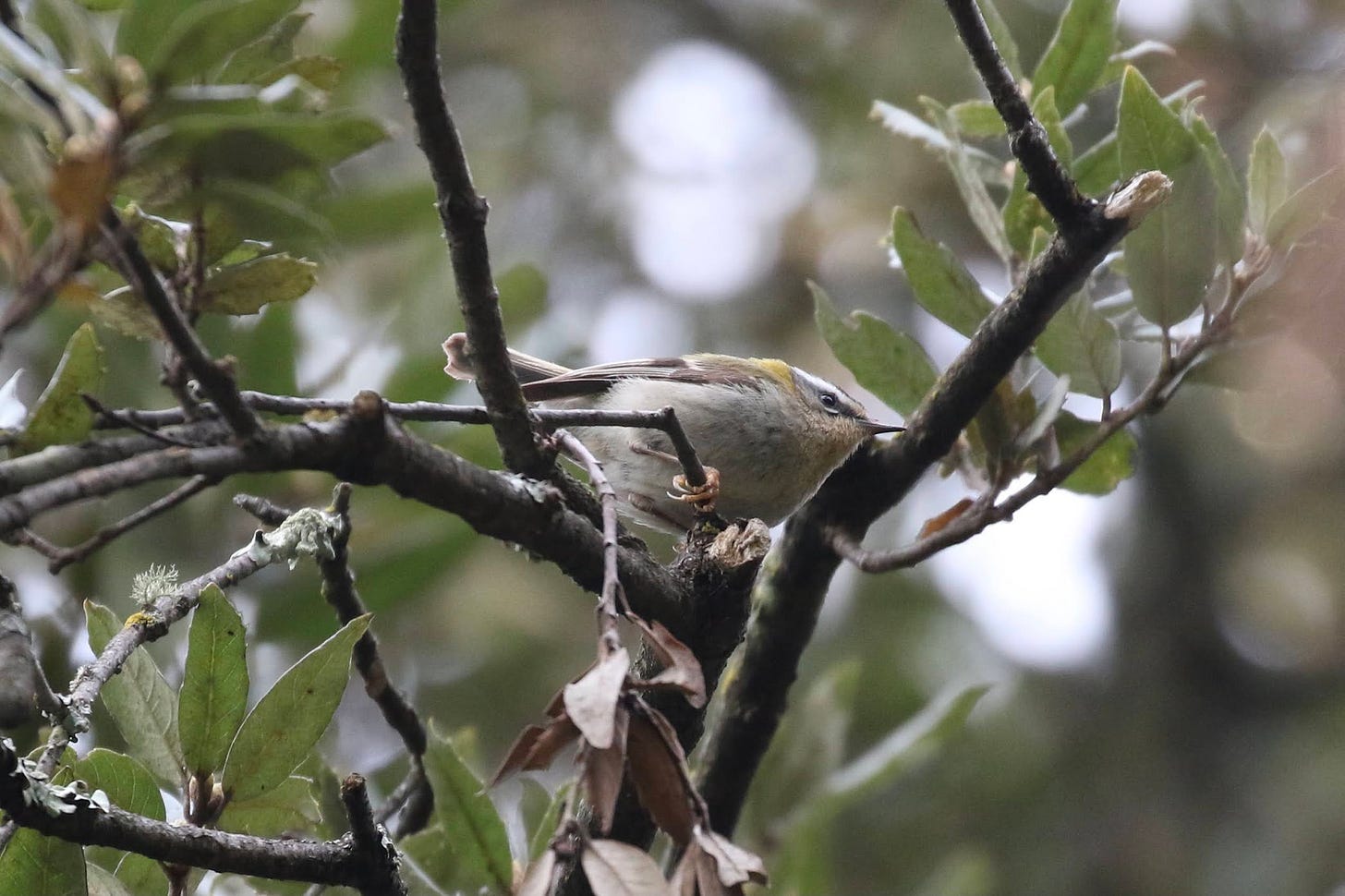

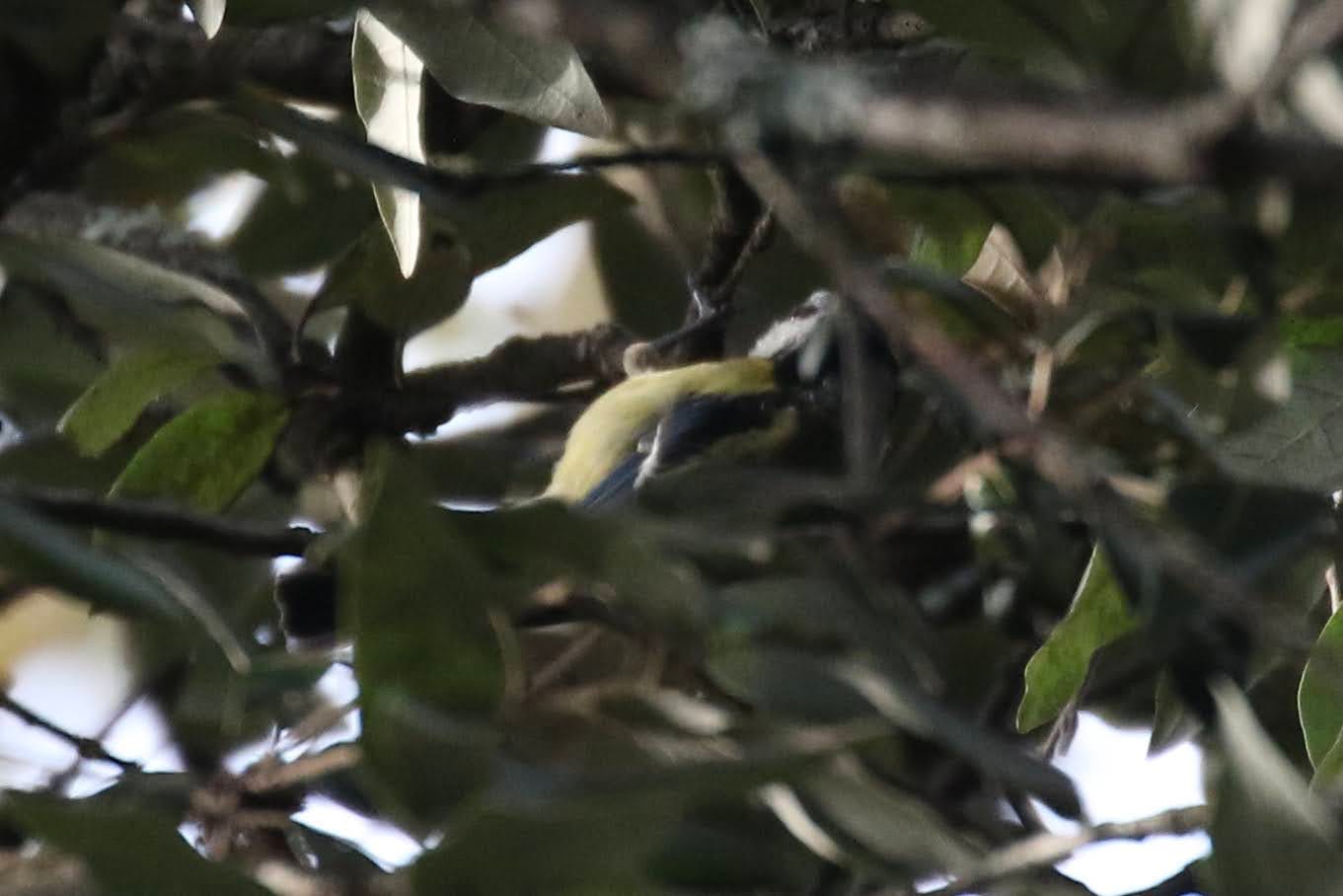
Dear Birder Wren,
Your blog is mesmerizing. Very enjoyable from beginning to the end. Best wishes